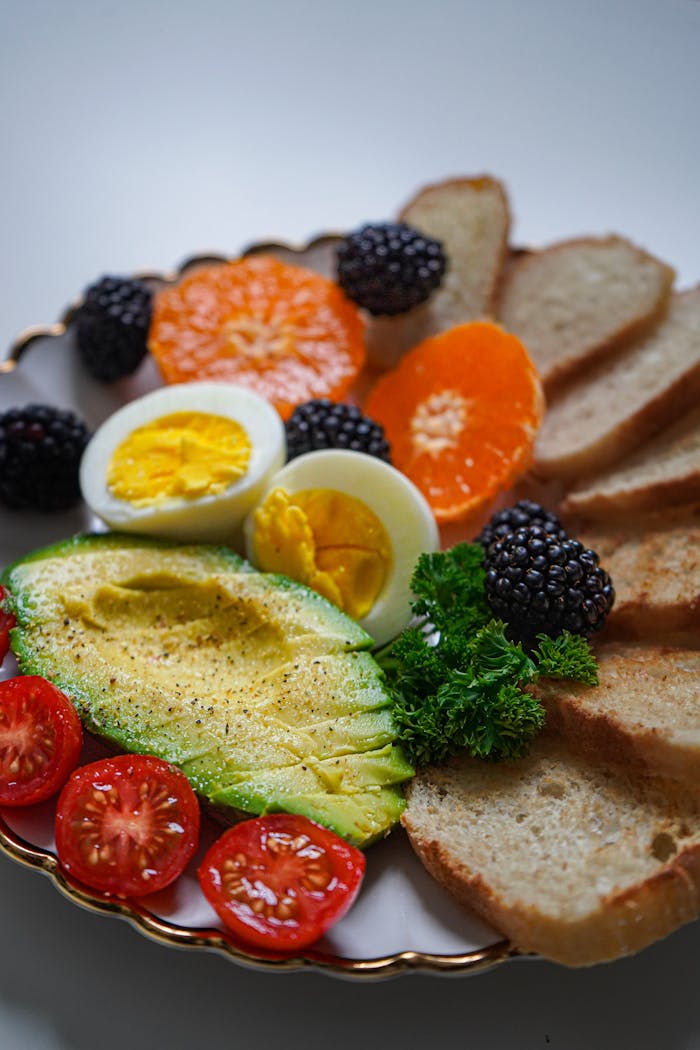Effective meal planning is more than just writing down recipes—it’s a system that frees up time, reduces waste, and ensures you always have nourishing food ready to go. Whether you’re a busy professional, a parent juggling schedules, or someone striving for better eating habits, these strategies will help you turn meal prep into a smooth, sustainable routine.
1. Map Out Your Week in Minutes
- Time Block a Planning Session: Dedicate 15–20 minutes on Sunday (or your preferred day) to sketch out breakfasts, lunches, dinners, and snacks.
- Use Simple Templates: Rather than reinventing the wheel, rely on a “formula” for each meal:
- Breakfast = Grain + Protein + Fruit (e.g., overnight oats, Greek yogurt, berries)
- Lunch = Veggie Base + Protein + Healthy Fat (e.g., salad, grilled chicken, avocado)
- Dinner = Protein + Two Veggies + Carb (e.g., sheet‑pan shrimp, roasted asparagus, sweet potato)
2. Batch‑Cook with Purpose
- Choose Versatile Proteins: Roast a large chicken, bake salmon filets, or cook a pot of lentils—ingredients that work in tacos, salads, bowls, and wraps.
- Roast a Pan of Veggies: Carrots, broccoli, bell peppers, and cauliflower can be seasoned differently (Italian, curry, or simple olive oil + salt) to keep meals interesting.
- Cook Your Grains in Bulk: Make a big batch of brown rice, quinoa, or farro and portion it out for the week.
3. Assemble Smarter, Not Harder
- Mason‑Jar Salads: Layer ingredients to stay crisp (dressing at the bottom, sturdy veggies next, greens at the top). Just shake and eat.
- Bento‑Style Containers: Pack a balanced mix—protein in one compartment, grains in another, veggies and fruit in the rest.
- Snack Stations: Pre‑portion nuts, cut veggies with dip, and energy balls into snack‑sized bags for quick grab‑and‑go.
4. Maximize Your Kitchen Tools
- Slow Cooker or Instant Pot: Set it and forget it—soups, stews, chili, or shredded meats cook overnight or on the stove while you work.
- Sheet‑Pan Dinners: One‑dish meals save time on both cooking and cleanup—toss protein and veggies together, season, and roast.
- Blender or Food Processor: Whip up smoothies, sauces, dressings, or chopped vegetable mixes in seconds.
5. Keep Variety in Rotation
- Theme Your Days: “Mexican Monday,” “Stir‑Fry Wednesday,” or “Pasta Friday” can guide your recipe selection and keep you excited about mealtime.
- Rotate Spices & Sauces: A handful of go‑to seasonings (smoky chili powder, curry blend, Italian herbs) and sauces (tahini dressing, salsa verde, pesto) can transform the same core ingredients.
- Mix & Match Components: Swap proteins or grains within the same “meal template” to create new dishes without extra effort.
6. Audit & Adapt
- Track What Works: Keep a simple log of favorite meals and prep times—double down on recipes that save you time and energy.
- Adjust Portions: If you find leftovers piling up, reduce batch sizes or repurpose extras into next‑day lunches.
- Solicit Feedback: If you’re cooking for family or roommates, ask which meals they enjoy most and tailor your plan accordingly.
By turning meal planning and prep into a streamlined weekly ritual, you’ll reclaim precious time, cut down on stress, and fuel your body with balanced, delicious meals—no matter how hectic your schedule. Start small, refine your system, and watch as efficient meal prep transforms the way you eat and live.
